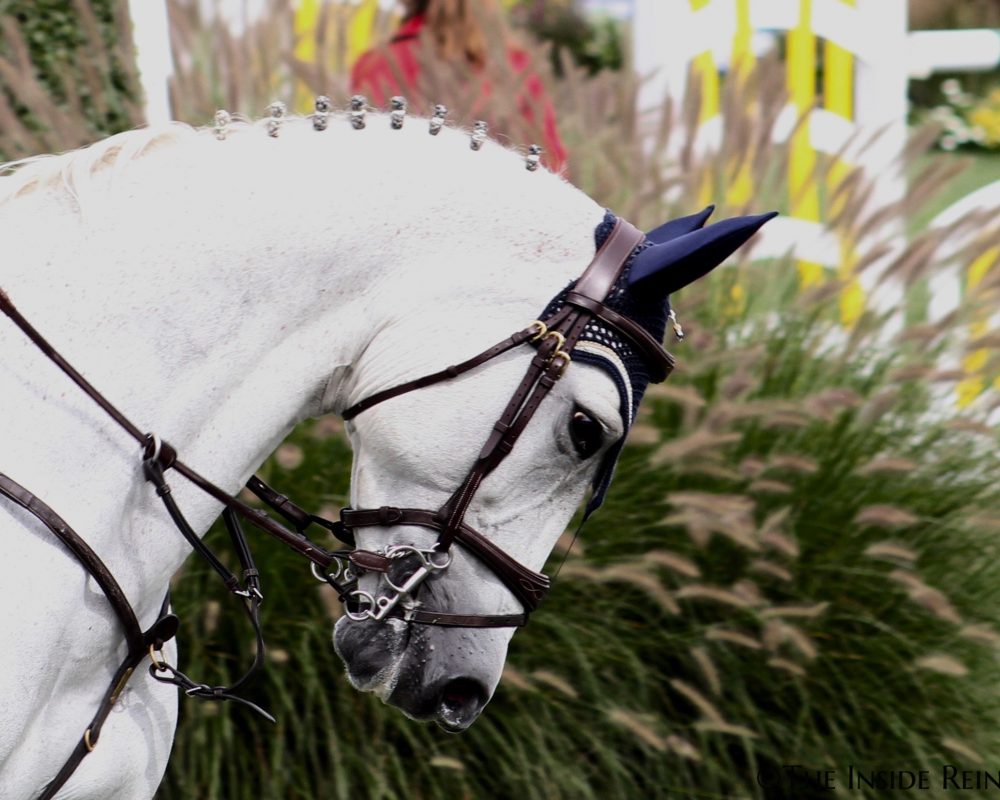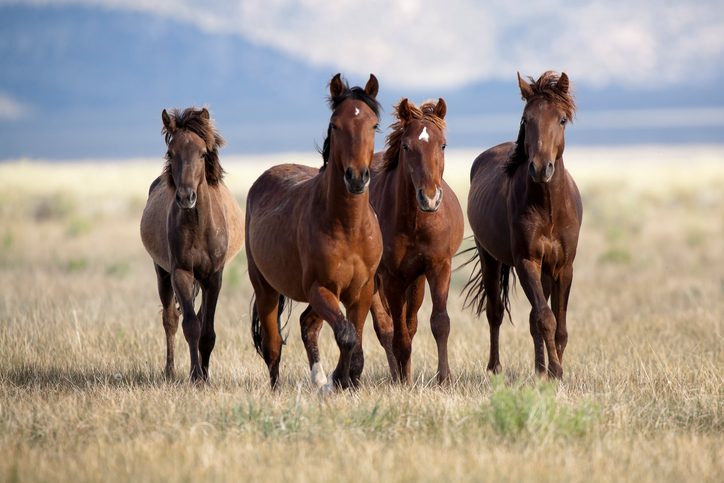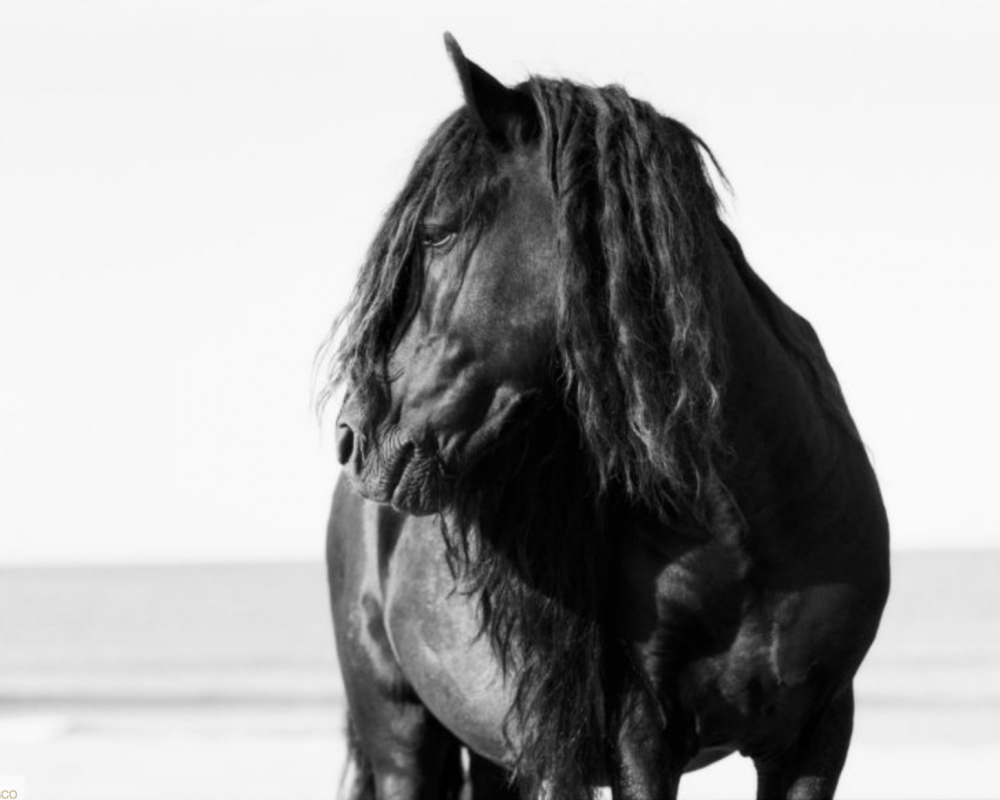We’re kicking off the first ever Monday Movie Night with One With the Herd, a film by Lisa Lightbourn-Lay based on a book of the same title by Liz Mitten-Ryan. Filmed in Canada at Liz Mitten-Ryan’s Gateway 2 Ranch, the documentary features the journey of individuals impacted by Mitten-Ryan’s “herd healing therapy” and is a profound exploration of the unspoken healing connection between horse and human.
One With the Herd won Best Documentary at the Great Lakes International Film Festival and was featured at the Equus Film Festival in New York.
Watch the full film here and then read our interview below with filmmaker Lisa Lightbourn-Lay.
What initially drew you to this story? Were you a horse person to begin
with or was it something else that drew you to One With The Herd?
My initial connection to OWTH was through my sister actually who was a
friend of Liz Mitten Ryan. I live just outside of Toronto in Ontario,
Canada and at the time my husband and I had a thoroughbred farm. To me its
an equality and social justice issue when it comes to animal welfare and I
saw it as an opportunity to create a positive voice for horses.
What was the filming process like? Were you able to personally witness a
healing process in the featured individuals?
First of all her property is breathtaking so being there was a gift since I was filming over my birthday! I’m super comfortable blending amongst the beasts and I love
the process of being a fly on the wall in this sort of experience. It’s one
of the things I do best: blend into the background and let things happen.
The stories I followed in the film were extremely moving. I witnessed a lot
of “movement”. I think when people come into this sort of environment there
is a readiness to cross over to a different place in a very personal way.
Were most of the therapy sessions for mental/emotional reasons or physical
ailments? Were the horses more effective in certain areas than others?
I was told stories of both types of healing. The stories in OWTH were more
about emotional healing for sure. They say being in the presence of a herd
like the one Liz has is much like the dynamic in group therapy. I can’t
really tell you what the horses are ‘better’ at in terms of healing. I
think the way that Michelle described her experience with her horses caring
for her in her most distressed times is very akin to Reiki. Horses seem to
be able to hone in on tension and pain be it physical or mental. But really
when we are in mental/emotional pain it does manifest in a physical way so
I guess we become quite the road map of hot spots for horses.
There’s an amazing scene toward the film’s end where the horses and people were all laying in a field napping together. What was it like to film that?
That moment was so powerful and so quiet. I had never and haven’t since
seen anything like it. The word that comes to mind when I think of it is:
trust. It felt like the end of a yoga class and everyone is breathing in
unison and pretty much everything has been released. Another moment that
blew me away was toward the end of the film and my time there. The group
was all talking and Connie is on screen talking about her time there and
what it meant to her and Chasta and right at that moment she appeared
outside the door. Seriously I could not have scripted a better moment. Keep
in mind Liz’s property is over 300 acres of open land for the horses to
roam and the chances of Chasta showing up there at that exact moment are
slim to nil!
The film primarily features women as taking part in the program. Whose
journey stood out to you the most?
That is such a hard question! I connected so much with all of the women in
the film. There was something achingly beautiful about each of them. Connie
and Chasta’s connection moved me deeply. Michelle made my heart explode. It
was tough being on the other side of the lens with her and not fall apart.
Each journey they made was taken with a horse at their side. That is what
moved me the most.
Are you aware of any men pursuing this therapy? If not, what do you
think is the reason women are more open to this program?
Liz has told me there have been a few men along the way. It’s a bit of a
loaded question. I don’t know if I can answer the reason why more women
tend to go to this sort of retreat without sounding completely sexist, do
you know what I mean?
Can you tell me about a bit about the horses in the herd? They were each
discussed a bit in the film but did any stand out to you?
All of Liz’s horses are ‘personalities’ because they are
allowed to truly be themselves without being forced to be anything other
than horses. One of the dynamics that I loved was to watch Connie’s horse,
Chasta, work her way into the herd within such a short period of time. She
was so smart and you could see how she was thinking her way through the
hierarchy. People could learn so much it they just watched herd dynamics.
What has the response to the film been? Any skeptics?
The response has been overwhelmingly positive! I have to say in terms of
skeptics I’m sure they’re out there but they won’t be watching the film.
The way I look at the idea of healing with animals is quite simple. Its
about learning to be present on terms other than your own, listening,
learning to communicate in ways other than “talking” and then trying not to
hold on so tight.
Your body of work is very eclectic. What draws you towards certain
projects? What’s in the pipeline?
My body of work is eclectic. Thanks for saying that! I have a few things
that draw me to a project. One is people. I love working with passionate,
talented, fun people. I’ve been very lucky. When I first started in
broadcast I worked for MuchMusic (Canada’s MTV) and it was a riot every
day! That leads me to the second thing that draws me into a project. I love
change and adventure. I have to say I can’t live without it at this point!
My current film, 8% NO LIMIT followed a blind runner for 885k, over 20 days
with 8% vision. That adventure has given me a hunger for being on the
trail. The last thing that has been a defining factor in my work is I feel
very strongly drawn to stories that can give voice to those who don’t have
one. That in a nutshell is what make my heart beat.
For more information about Lisa Lightbourn-Lay and her projects click here.



July 19, 2016 at 2:59 pm
where can i buy this movie?
July 20, 2016 at 9:51 am
Hi Chris,
You can watch One With The Herd here:
Enjoy!
-Ashley